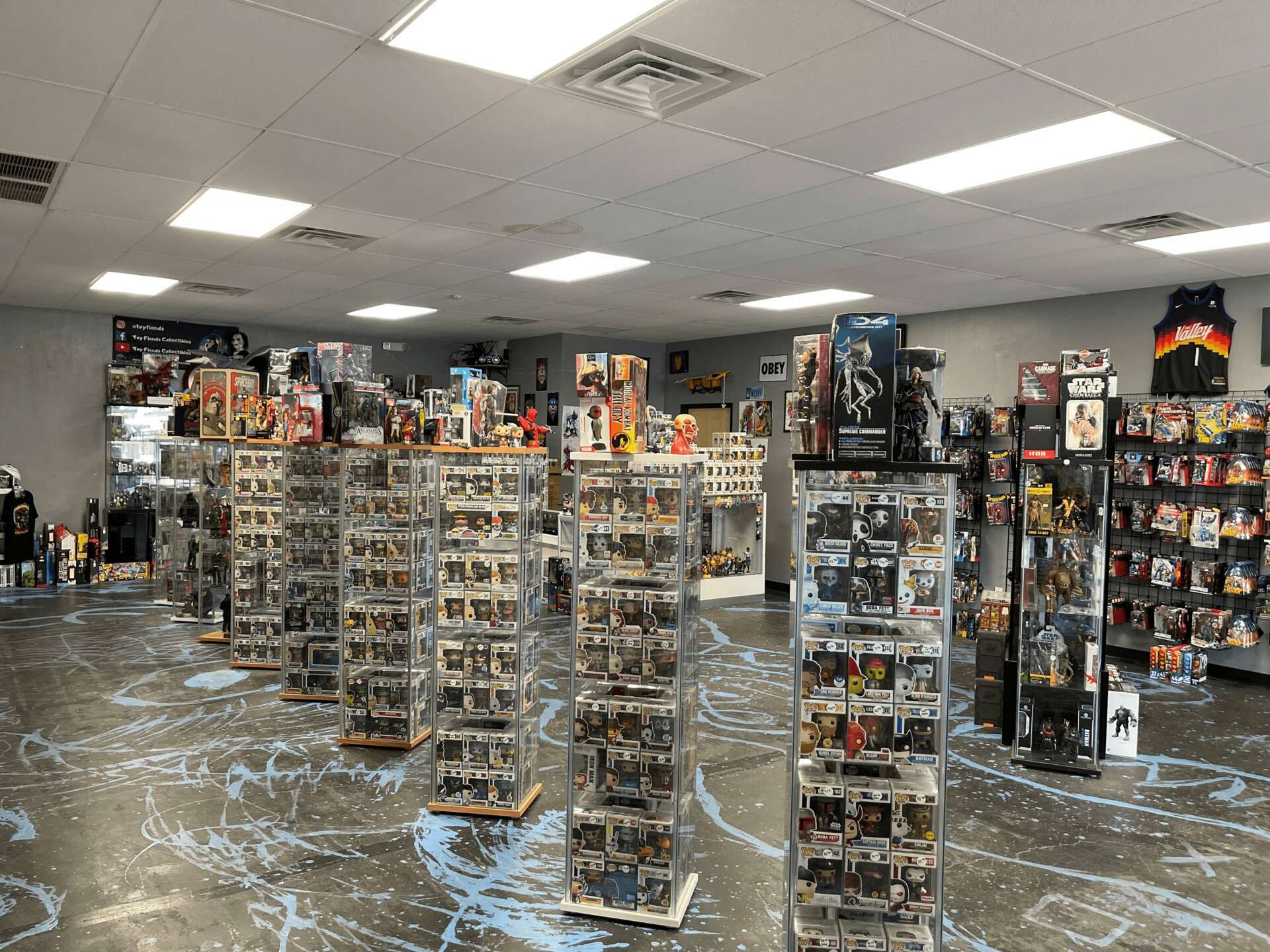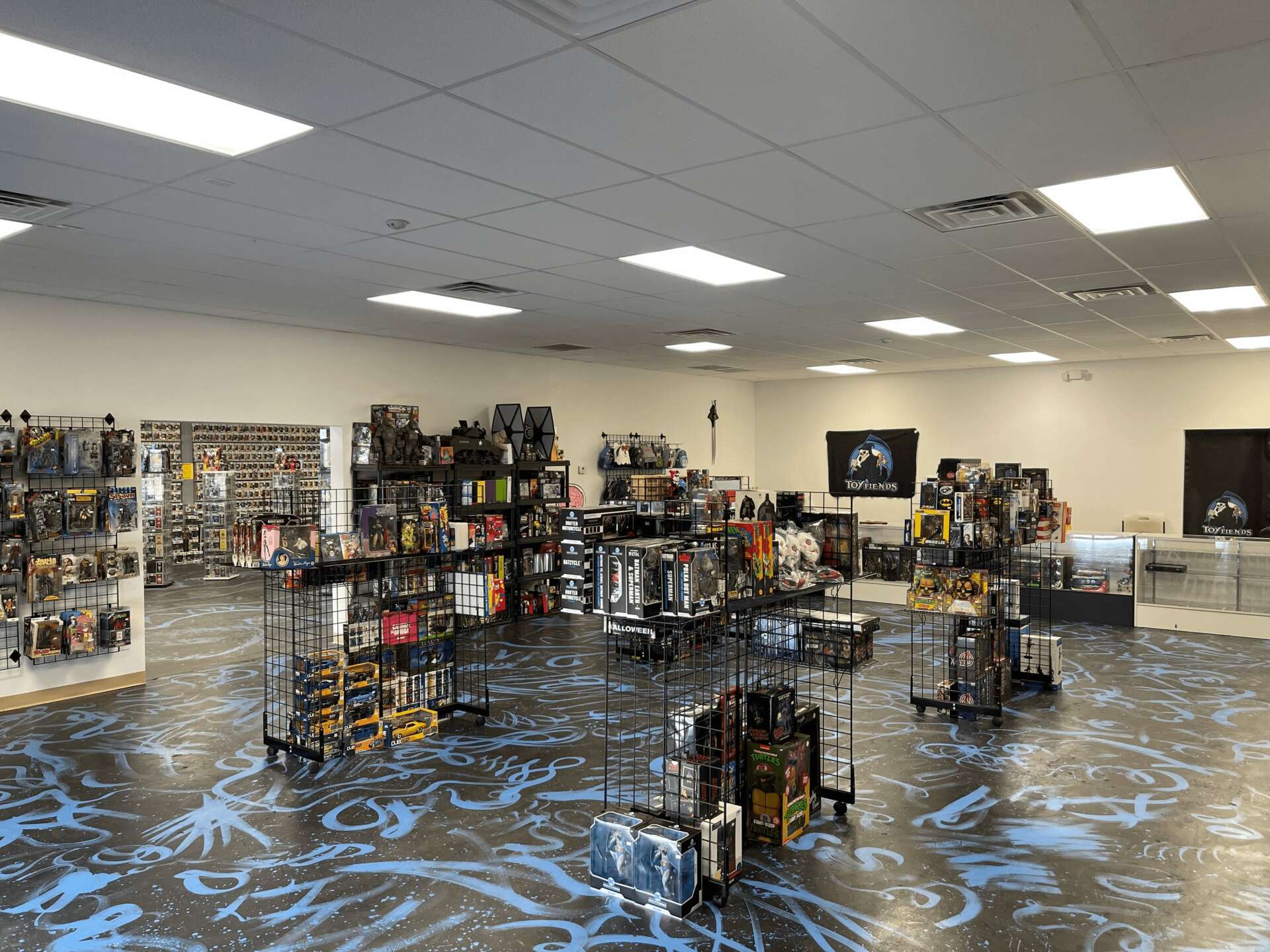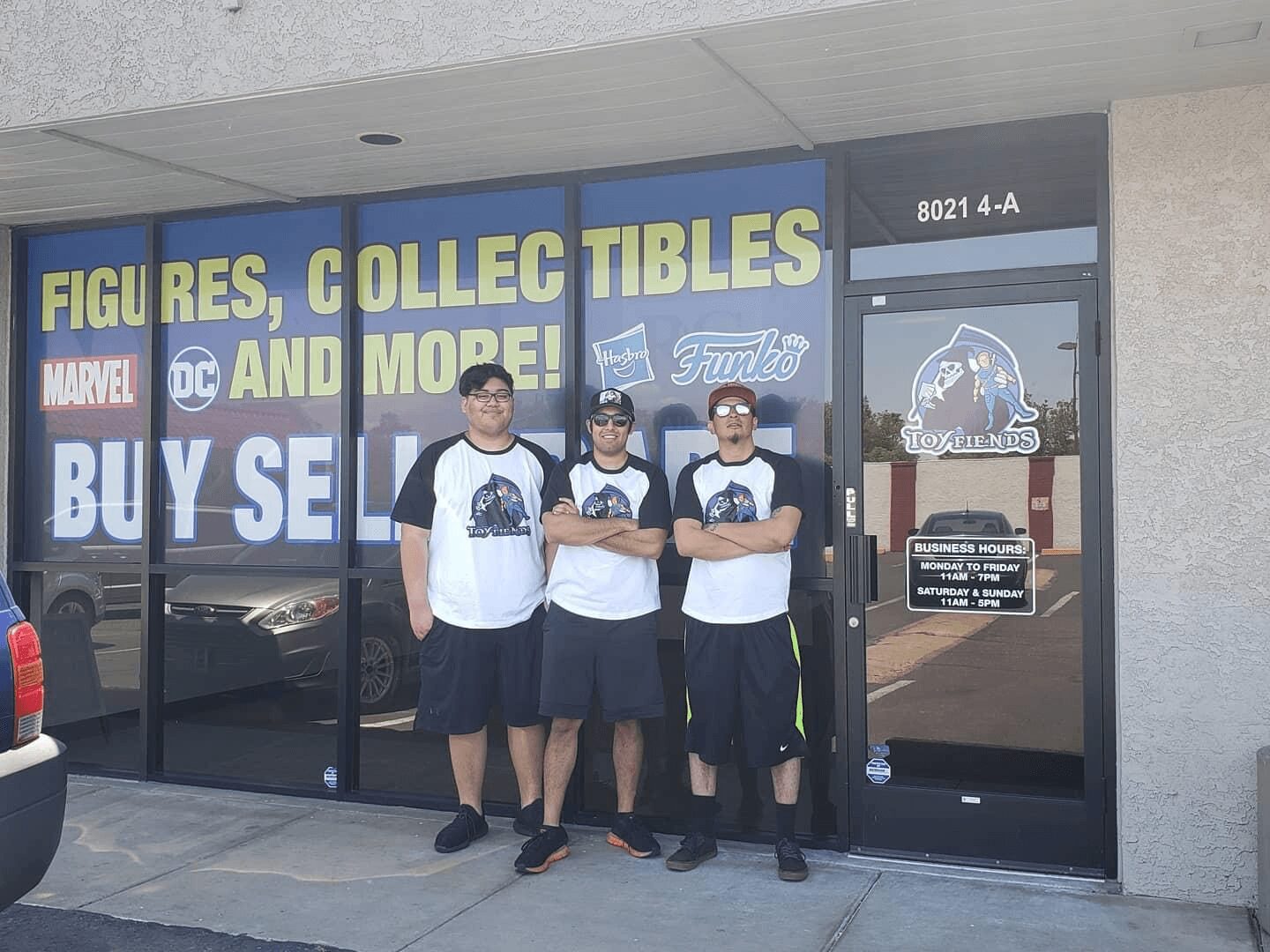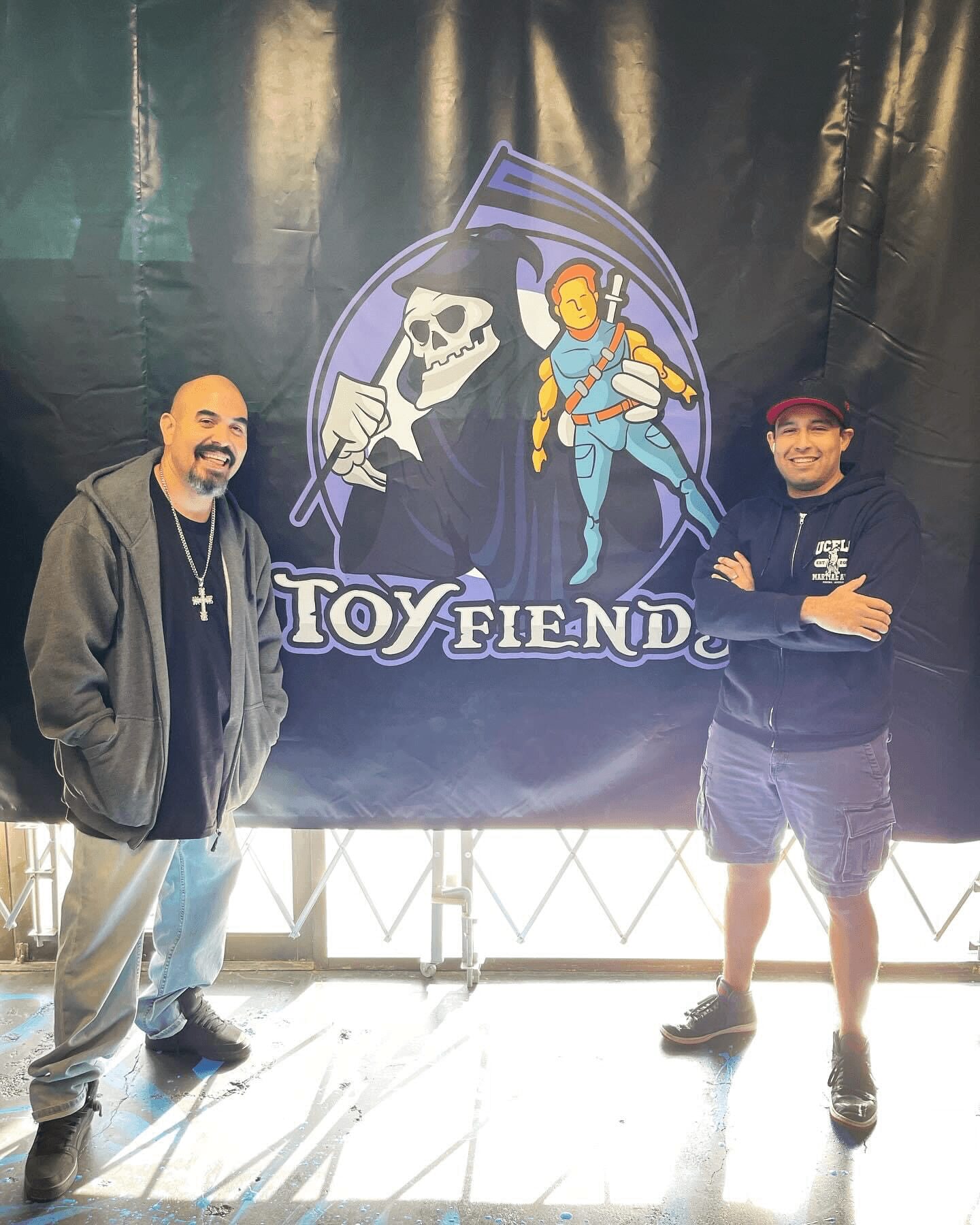We recently connected with Jose Diaz and have shared our conversation below.
Jose, appreciate you joining us today. Folks often look at a successful business and imagine it was an overnight success, but from what we’ve seen this is often far from the truth. We’d love to hear your scaling up story – walk us through how you grew over time – what were some of the big things you had to do to grow and what was that scaling up journey like?
One of my businesses is a retail store that started in an 800 square foot unit which grew to a 3,500 square foot retail storefront. We achieved this through a couple of different strategies. Going in, we knew building a brand through social media was going to be crucial for us. We were new in this space and had to grab the attention of the market right away. Often times, most who enter this type of business treat it like a hobby, for some it still is. We had a mindset that we were going to build a business, which means building a following from day one. We’ve been able to keep following as our is being there when we say we’re going to be there. Keeping to our word. This has allowed us to keep a consistent image and expectation with our customers. We were also able to scale by not being afraid to take advantage of opportunities. When we were thinking of scaling-up, we saw several larger spaces were becoming available in our area and we did not hesitate to look into these, put in an offer on them, and get them open for our customers. Another key to scaling successfully is being consistent and being okay with doing the boring things day in and day out. In my opinion, this is what keeps your business disciplined and allows you to take the opportunities to scale when they arise. All in all, keeping it simple is what has allowed us to get to where we are today.

Awesome – so before we get into the rest of our questions, can you briefly introduce yourself to our readers.
I come from a family full of entrepreneurial people. I knew pretty early on I was going to work for myself in some capacity, but did not have much of an idea of what this would look like. So much like the other young people at the time, I went off to college. I graduated with two bachelor degrees, one with marketing and one in accounting. I stayed another year to complete my MBA. Eventually I went on to become a licensed CPA in AZ; this license is currently inactive. At this time, I own two businesses. One is a collectibles/toy store I own alongside my brother. The other is a restaurant I own alongside my wife. A lot of business gurus usually advise against working with family, but it has worked for me so far. Most who look at my background would probably think it is a bit odd as most business owners tend to stick to one industry. I would say that I am a person who likes too many things to stick to one industry. This tendency has made life a bit difficult for me at times as it makes me feel overwhelmed from wanting to do too much, but I am learning to pull it back. I am most proud of the fact that I pride myself on being a person who sees things through. Easy or difficult, I put my blinders on and keep going.

Can you talk to us about how your side-hustle turned into something more.
The retail store I currently own alongside my brother is a good example of a side hustle becoming a full blown business. Before opening this store, I was a reseller on eBay. I think I was listening to a podcast and the guest on there was talking about their journey doing this. This intrigued me because I’ve always had a love for business. Reselling is the core foundation of any business, whether it’s a service or product. During this time, I also had my own accounting practice, but was starting to decide that this was not going to be for me. I knew accounting and I was good at it, but I was quickly becoming tired of convincing my clients they should also care about this area of their business. I was okay with helping, but I’m not a babysitter. Anyway, during my stint in reselling on eBay, I started to realize that the collectibles category was a consistent revenue source for me. I would find other items to sell, but the fastest selling items would always be the collectibles and toys. Which was fine with me as I have been a huge pop culture nerd for years. The problem I ran into with selling on eBay was that I needed to either buy a lot of inventory at once or be constantly hunting for new inventory to sell. This is when the idea for a retail storefront was born. Having a retail storefront allows you to do 2 things: 1. It gives you access to wholesale pricing. 2. It allows you to have a place where people can bring you items that you can buy and resell. The first point about having a physical store is important as many wholesalers for toys and collectibles will not give a wholesale license to someone who does not have a physical location. This became even more strict after covid as these companies realized they were dealing with too many hobbyists and not actual businesses. Anyway, I approached my brother and cousin who both loved the idea. My cousin had to leave the business for personal reasons, but we each had a part in growing it into the 3,500 square foot collectibles store it is today with thousands of followers on various social media platforms.

Do you sell on your site, or do you use a platform like Amazon, Etsy, Cratejoy, etc?
We currently sell through our Shopify website, eBay, and Amazon. The main advantage with having our own Shopify website is that we can upload whatever we like and control our brand. The main disadvantage is that you have to drive your own traffic and exposure. The main advantages with selling on Amazon and eBay is the exposure to many buyers. The main disadvantage is that you have to pay additional fees to access these buyers. We have found that staying consistent on all three has kept our cashflow and sell-through rate at a healthy level.
Contact Info:
- Website: https://toyfiendscollectibles.com/
- Instagram: @toyfiends
- Facebook: https://www.facebook.com/toyfiends/




